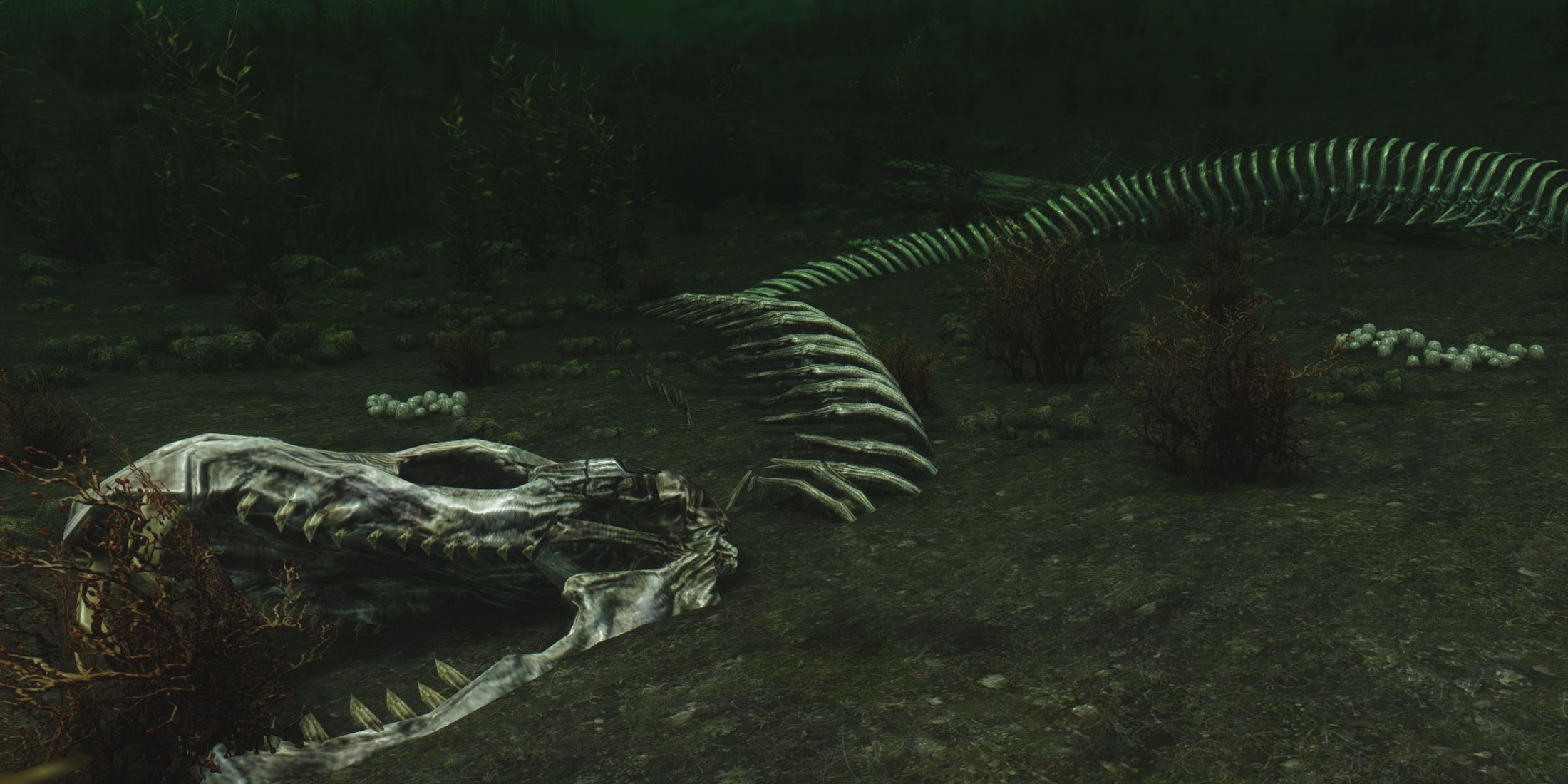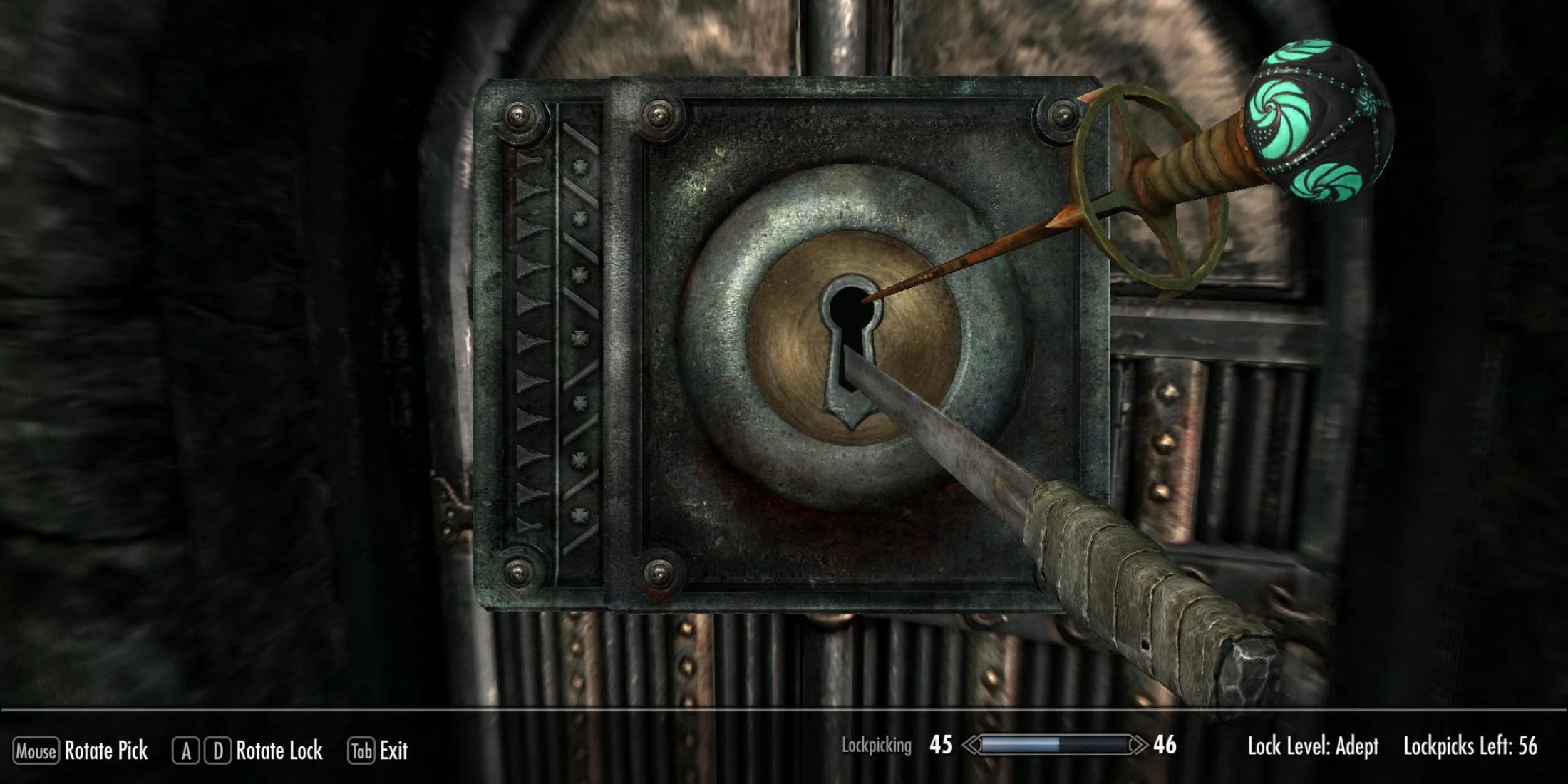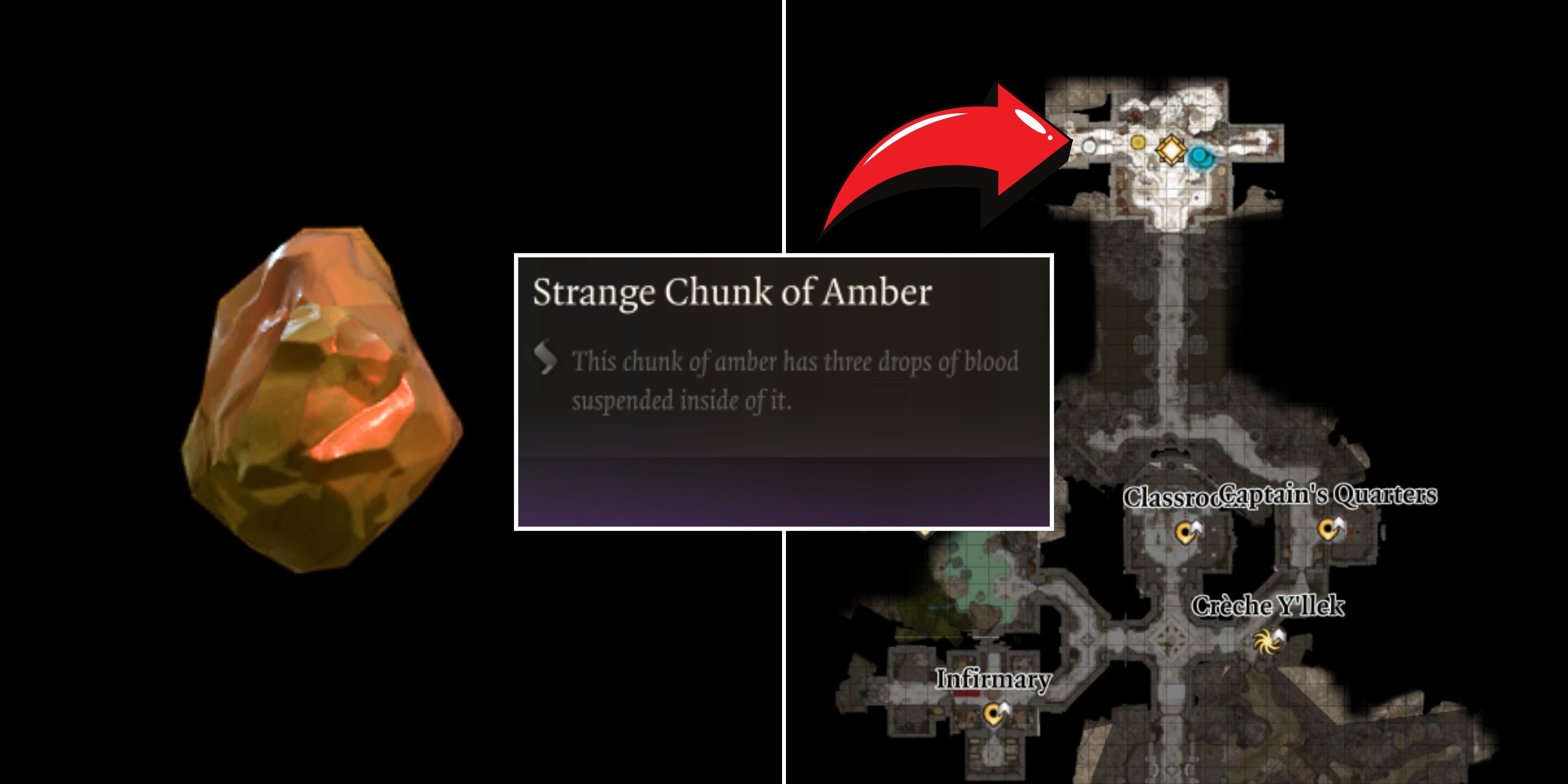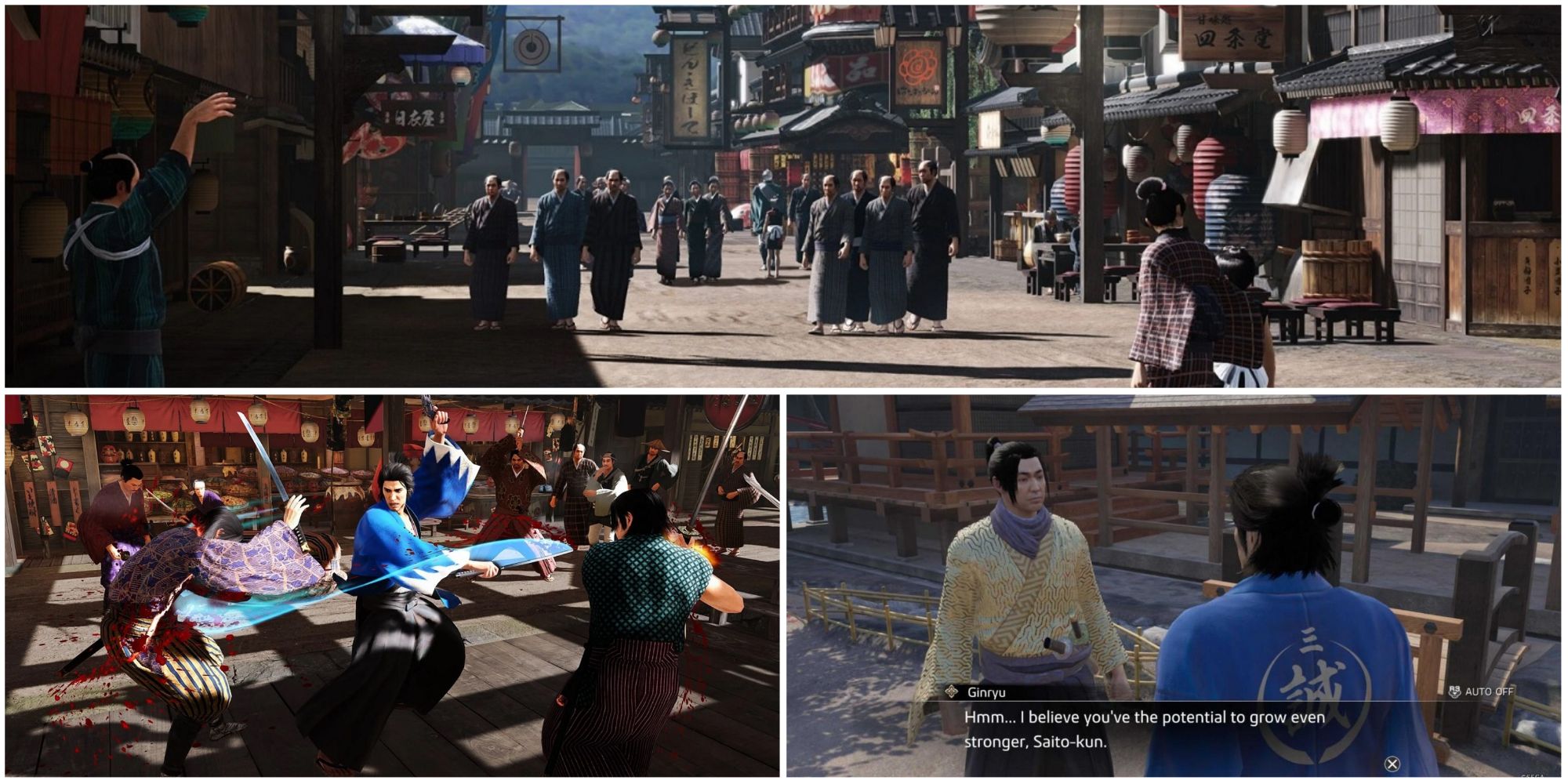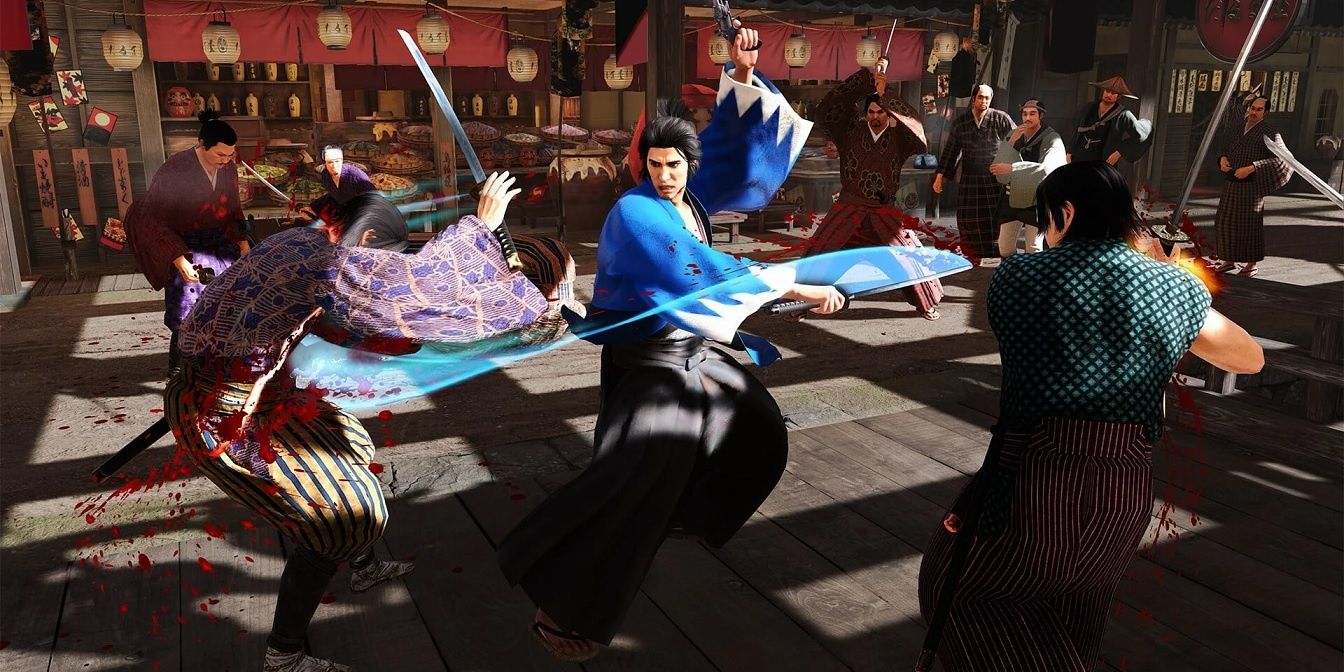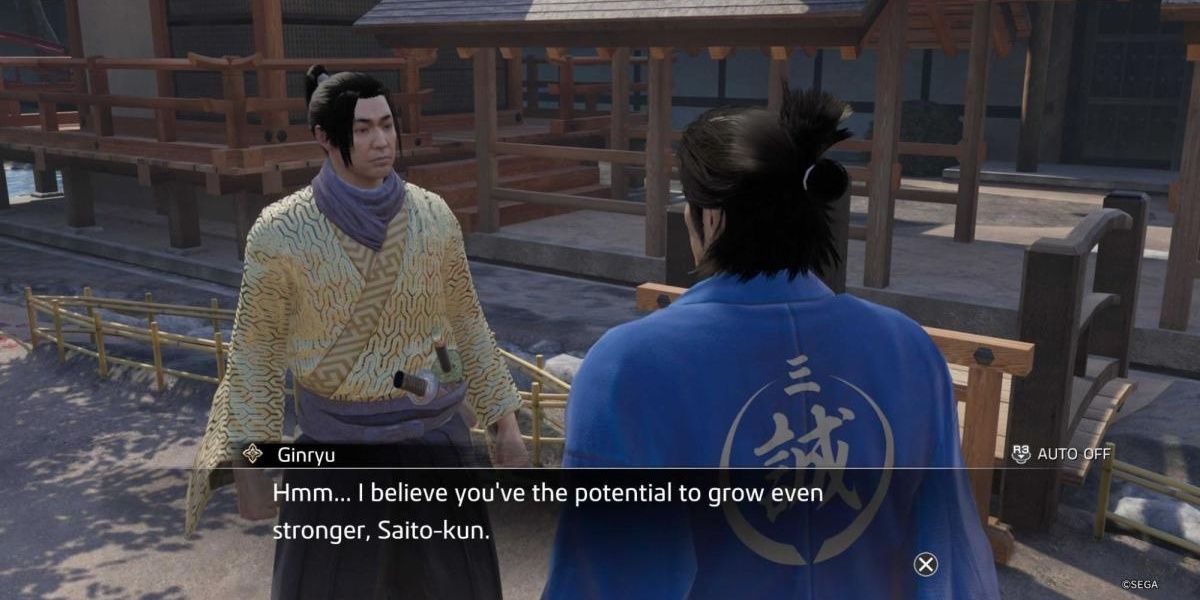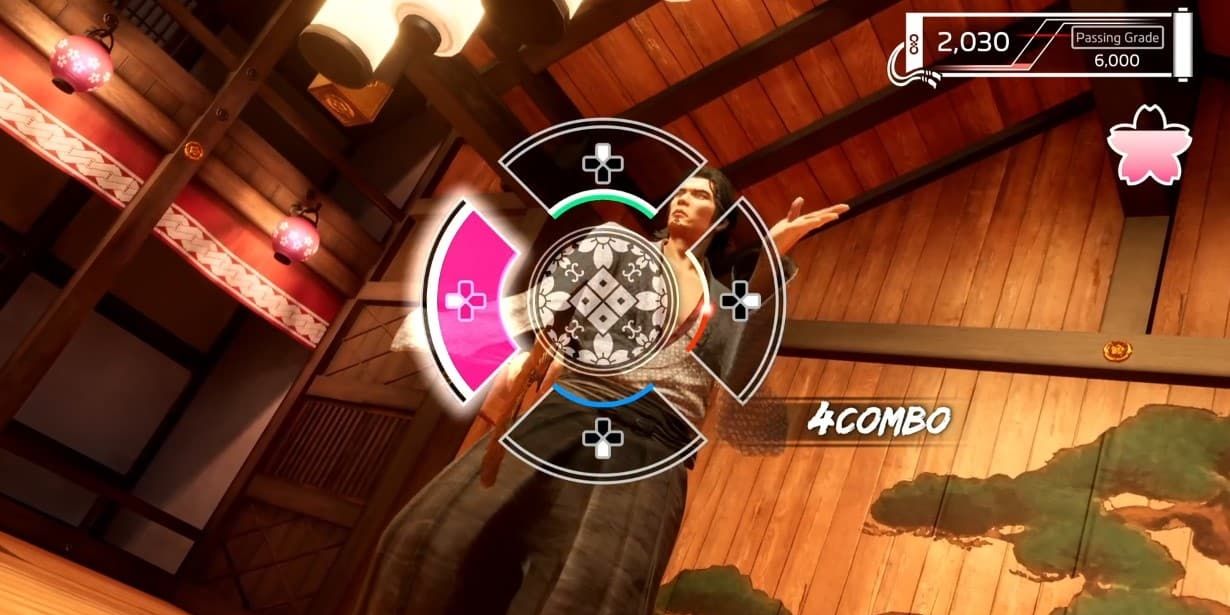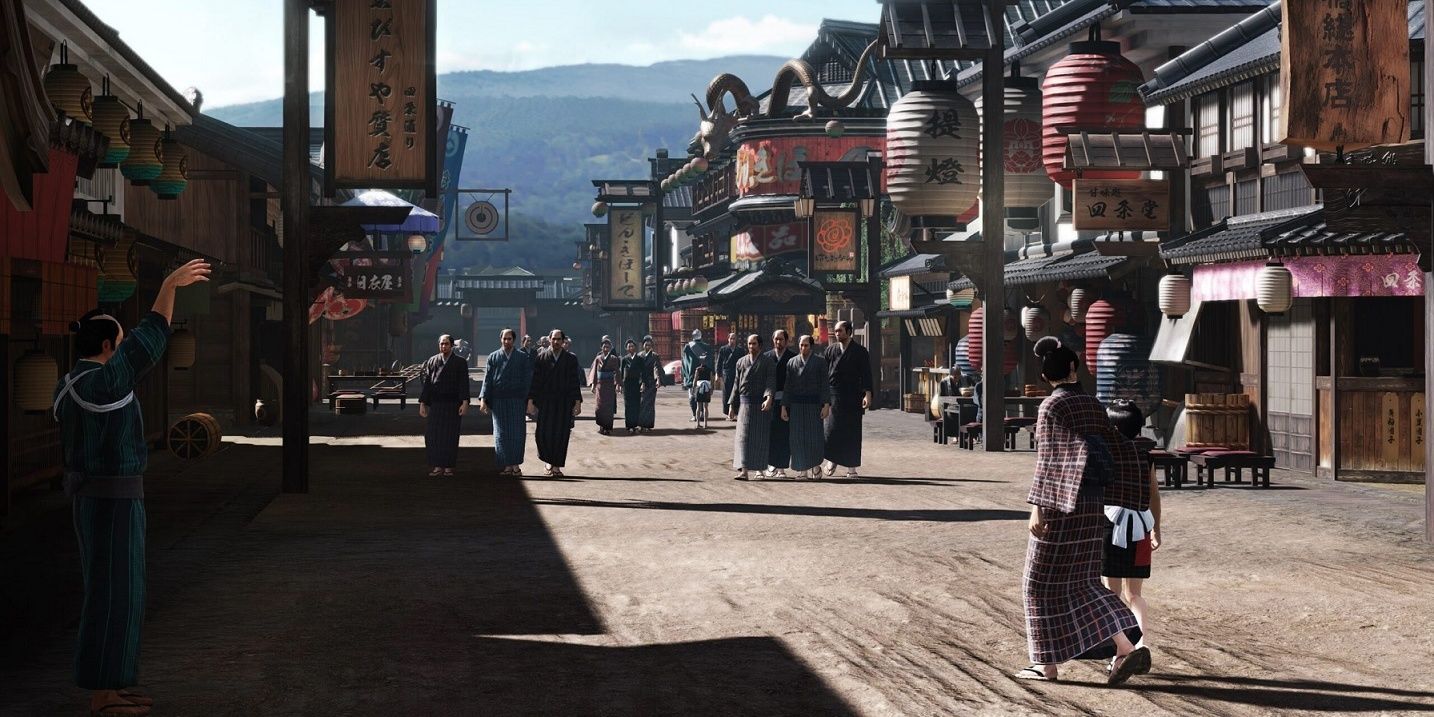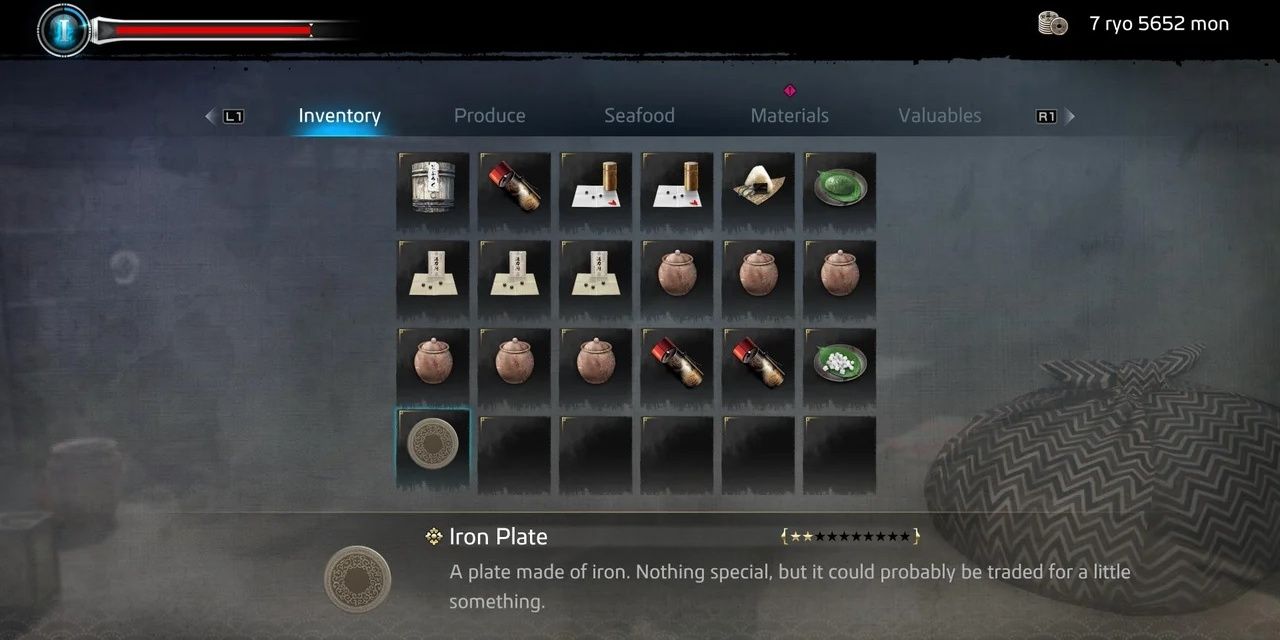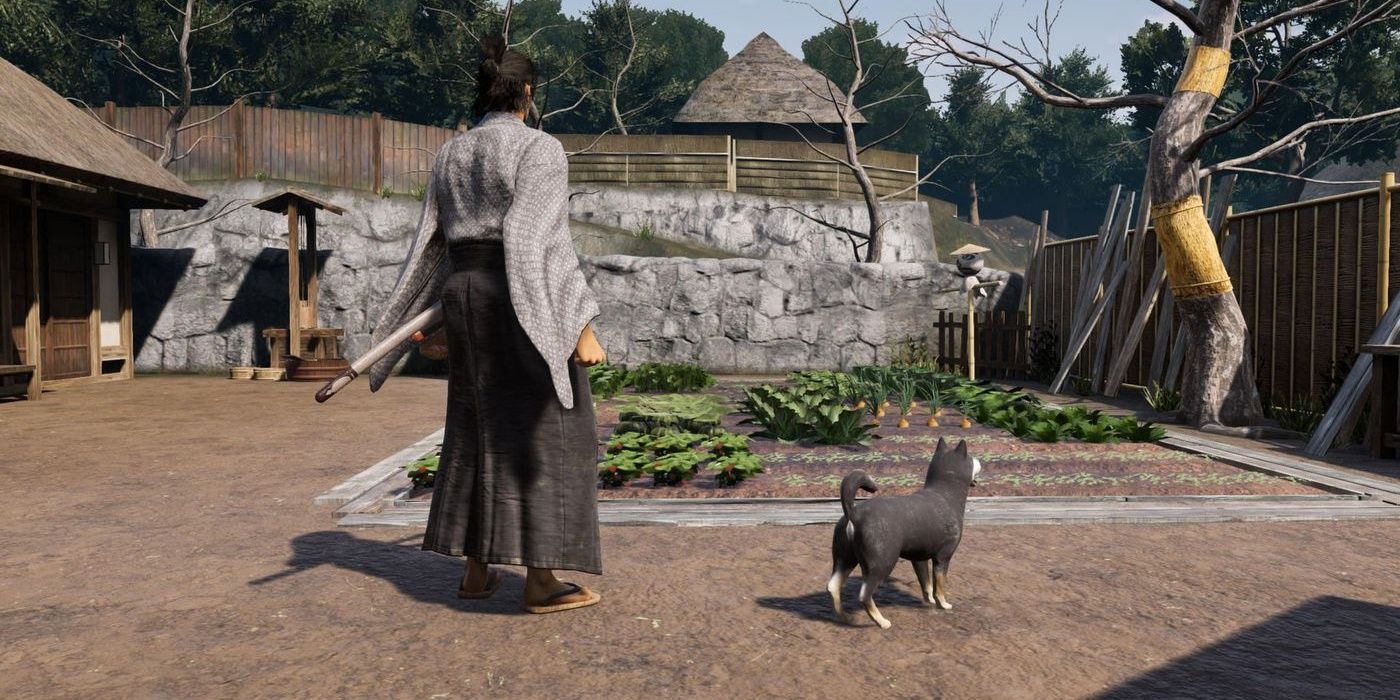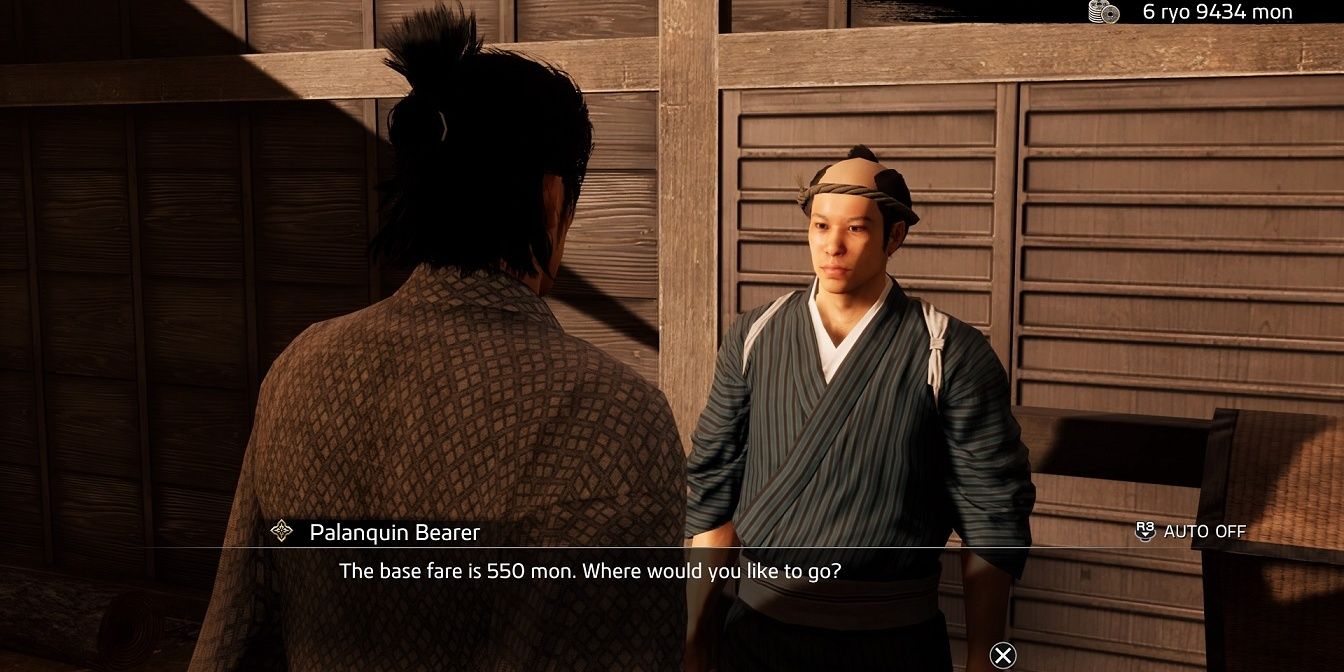After 9 years of being a Japanese exclusive, the Like a Dragon: Ishin! remake finally gives Western fans a taste of how the Yakuza series plays out as a samurai game. Instead of smart suits, neon lights, and semi-automatics, there are lush kimonos, paper lanterns, and six-shooters. Yes, 19th century Japan had guns.
As such, there are a few new things to watch out for. Anyone running into the game blind, be they newbies or Yakuza vets, are likely to commit these common mistakes in Like a Dragon: Ishin! Luckily, they can be avoided with these handy tips.
7 Using Only One Fighting Style
Ishin was the first game to introduce switchable fighting styles, preceding Yakuza 0 by a year. But neither the original nor the remake operate quite the same as its 1980s counterpart. Ryōma can use Brawler for bare-handed combat, Swordsman to break out the katana, Gunman to bring out a Revolver, and Wild Dancer to use the gun and sword at the same time.
It’s tempting to stick to Brawler’s extra mobility and parry ability throughout the encounters, use Wild Dancer’s flashy Heat moves, or Gunman’s ability to finish thugs off quickly. But certain enemies are more vulnerable to some styles than others. If the player doesn’t mix it up to get more XP and Style Orbs, they’ll have to switch to one style or another to get around one foe or another. So, experiment with Ryōma’s move sets to get the best out of him.
6 Skipping the Training Games
The more XP the player earns, the more upgrades they can get. That’s pretty standard for any action game today. XP can be used to boost Ryōma’s health, strength, defense, and get new moves for his fighting styles. However, that’s not the only way he can learn new tricks.
Each style has its own trainer that can be found on the map, like Komaki for Brawler, Ginryu for Swordsman and Wild Dancer, and William Bradley for Gunman. They’ll offer Ryōma a series of challenges that will unlock new moves alongside earning XP and Soul Orbs. As testing as these challenges can be, they’ll give Ryōma more techniques to get around foes later in the game. Better to sweat early than to struggle before the finishing line.
5 Sticking to the Main Story Missions
Ryōma’s tale of retribution and the dilemma Japan faces between being true to its roots and modernizing society is fascinating. Like the other games, it combines high drama with some wackiness along the way to ease the tension. It’s tempting to focus only on the story missions to see how everything plays out. However, the approach is tricky and offers scant amounts of XP, Orbs, money, etc. What's more, it only gives the player half of the Yakuza series’ appeal.
Like the other games in the franchise, Ishin has a ton of substories and minigames that see Ryōma interact with the locals and his Shinsengumi colleagues. He can help them with their troubles, sing at the Inn, bet on chicken races, and more. Whether players like something quiet and relaxing, or hectic and suspenseful, the game has something for everyone. It rewards going off the beaten path, so stray to play when possible.
4 Ignoring the Scenery
Another reason to explore the town is for the treats hidden across the map. Ryōma can save money on healing items or crafting materials by smashing pots, looking around street corners, inspecting wells, and more. These items can be a lifesaver if the player is at death’s door, or just needs one extra hammer or piece of metal to upgrade their armor.
It’s even necessary to complete some substories like The Captain and the Curious, or to get new Trooper Cards. While they’re not needed to complete the game, the Cards can provide helpful buffs or new attacks that could be handy against gangs or bosses. It’s a fair reward for taking in the sights and sounds of Kyoto and Tosa.
3 Hoarding
While it’s good to pick up items, they’re only useful if the player uses them for something. Ryōma can only hold so much in his pockets. Anything over that limit will either be left behind or sent to storage. If the player doesn’t organize their stuff properly, they could end up with a sliver of health, pockets full of junk, and an inaccessible collection of healing items in storage.
As such, it’s best to make sure Ryōma only has what he needs at hand, leaving space for any extras just in case he comes across any surprises on the way. They can even earn cash by selling off any surplus or junk at the Pawn shops across town. This comes in handy if the player just needs a few more coins for the Blacksmith or Geisha minigames.
2 Squandering Virtue
On top of XP and Orbs, Ryōma can earn Virtue. By completing substories, befriending locals, eating at restaurants among other good deeds, the player can earn Virtue to spend at the Shrine Exchange Shop. With the right amounts, they can buy more inventory space, a faster dash, and increase how much Virtue they earn on average.
As tempting as it is to splurge, it’s best to leave the Virtue alone until Chapter 4. That’s when Ryōma is able to play Another Life, a farming minigame where he can grow fruit, veg, and raise animals...with the right Virtue upgrades. If the player saves enough Virtue to spend on expanding their fields, raising chickens, etc., they’ll have bigger harvests, which earn more cash, more experience, and more Virtue for the little things. Working smart like this saves the player from working hard later.
1 Walking Everywhere
Lastly, while it’s fine to walk around everywhere, it’s likely to attract unwanted attention. Punks, rebels, and other grunts will either leap out of the woodwork, or loiter in streets and alleyways. The player will have little choice other than to fight, flee, or sneak around them. They may provide XP, cash, etc., but they can be annoying to deal with when the player just wants to sing ‘Bakamitai’ one more time.
The regular games had taxis as a fast-travel option that would avoid these random encounters. But Ishin takes place nearly a century before cars were commonplace. What does it have instead? Palanquins: single-seat carriages that its bearers would use to carry their passengers to wherever they wanted for a price. It takes a while for them to be available, but from Chapter 4 onwards, they can carry Ryōma all around Kyoto, then to and from Tosa later on.

